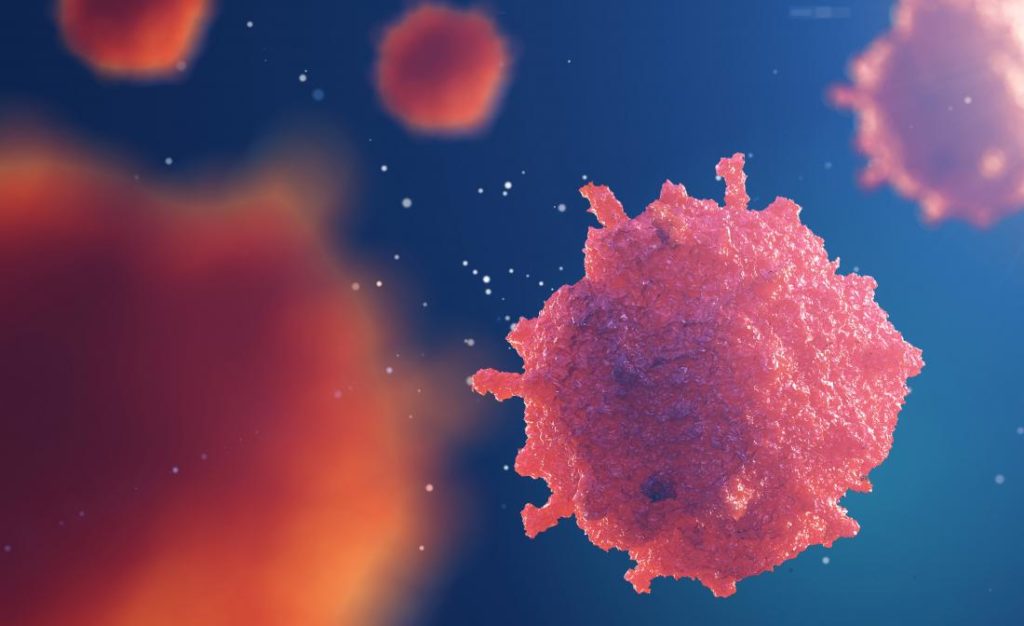When people are diagnosed with cancer, they will generally be given a few treatment options to consider among their doctors’ recommendations. Unfortunately, treating cancer isn’t as easy as investing in urgent care services — cancer treatments are much more involved and usually span a long period of time. But fortunately, today’s medical advancements and technology give cancer patients several treatment options.
Surgery
If the cancerous tumor is isolated and relatively small, most patients will be referred to a surgeon to remove the tumor. If it’s caught early enough, a surgical procedure may be effective for removing the cancer and preventing it from growing or spreading further. Often, after surgery is completed, the patient will undergo other treatment methods such as radiation or chemotherapy if cancer cells remain.
Chemotherapy
Another common treatment for cancer is chemotherapy. This treatment option uses specialized drugs to target the cancerous cells — different chemotherapy drugs may be used depending on the size, location, and type of cancer. Because cancer cells grow and spread more rapidly than other cells, chemotherapy is used in many forms. Currently, more than 100 chemotherapy drugs might be used by themselves or alongside other treatments.
Immunotherapy
Like chemotherapy, immunotherapy involves entering specialized drugs into a person’s bloodstream to attack the cancerous cells. But this type of treatment uses the patient’s immune system to fight the cancer — essentially, immunotherapy helps the patient’s body to recognize the cancerous cells by making them more obvious with certain medications. Then, once the immune system recognizes them as a threat, it will attack the cancerous cells.
Radiation therapy
While many types of cancer treatment involve drugs and medication, radiation therapy uses energy beams, like X-rays, to attack and kill cancer cells. When patients visit a cancer treatment center for radiation therapy, they’ll usually be placed next to a machine that can emit energy beams directed towards the affected area. But some forms of radiation can be done internally, such as brachytherapy. Because radiation therapy is directed right towards the cancerous area, this is generally an effective treatment option.
Bone marrow transplant
For some types of cancer, a bone marrow transplant may be an effective treatment option. Bone marrow is what helps make blood cells — so when a bone marrow transplant is done, diseased bone marrow can be replaced with healthier, stronger blood cells. When this happens, chemotherapy can be used at higher doses so the cancerous cells can be attacked more vigorously if needed.
Cryoablation
Cryoablation is a treatment option that can be used on several types of diseased tissue. This treatment uses extremely cold temperatures to freeze and kill cancer cells — a gas is inserted right into the tumor through a needle, called a cryoprobe, which freezes the tissue. From there, the tumor thaws and cells begin to die. This process can be repeated several times to kill as many cancer cells as possible.
Hormone therapy
Certain types of cancer, such as breast cancer, use the body’s hormones to survive and grow. Because of this, these types of cancer can be treated using hormone therapy. This treatment involves removing the hormones the cancer cells are using to prevent the cancer from growing further. Hormone therapy may be used to start to block the cancerous effects and then a more aggressive treatment may be used later on.
All in all, you have several different types of treatment options for cancer — there are even clinical trials that test new treatment methods for patients to consider. But ultimately, it’s up to the patients and their doctors to decide which treatment route would be best.
Did you love this article and find it helpful? For more health tips from My Zeo, check these articles out, here!

Leave a Reply